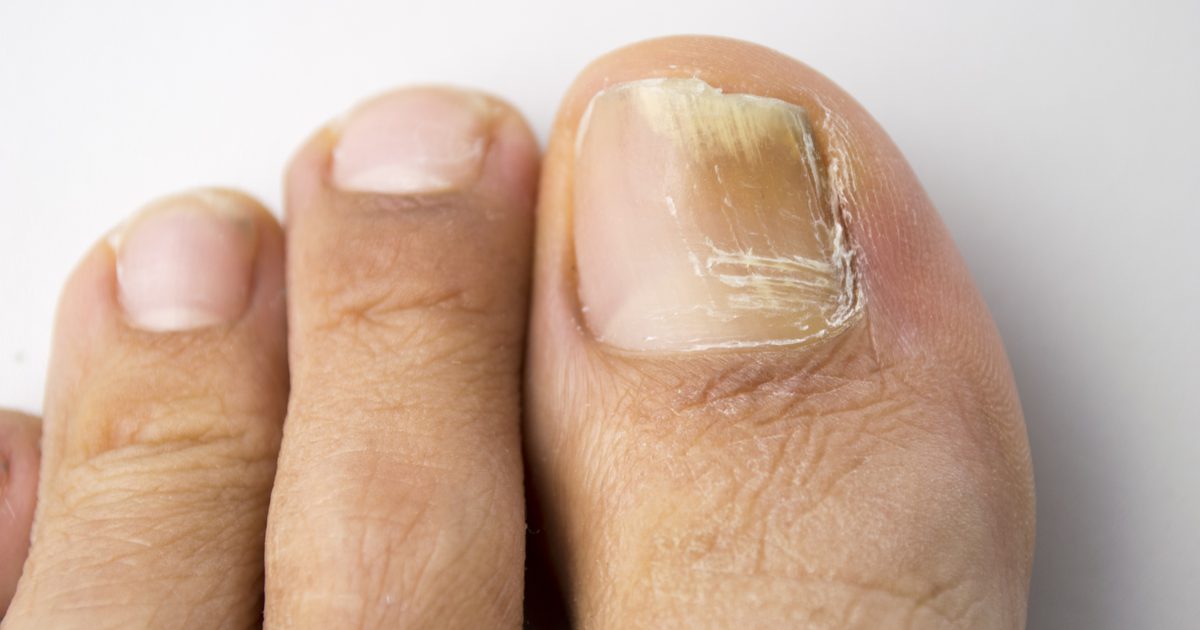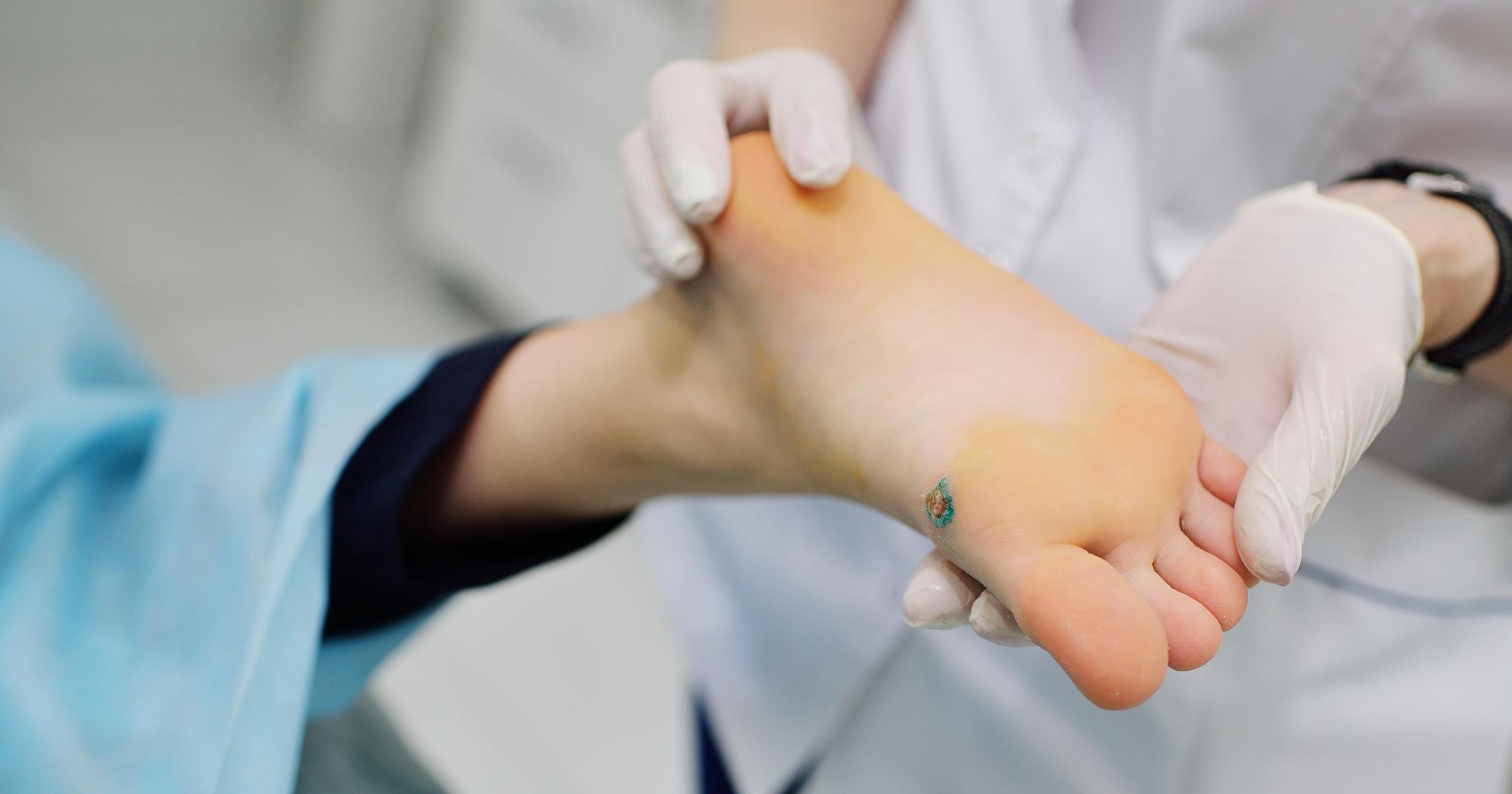The Different Feet Issues A Podiatrist Treats
Podiatrists are medical doctors who specialize in problems affecting the feet or lower legs. They treat injuries as well as health issues associated with diabetes. Podiatrists can reset broken bones, perform surgery, order X-rays or lab tests, and recommend medication. They are regulated and licensed by state governments in the United States. Podiatrists study how bones, muscles, and nerves work together to help you move.
They also learn how injuries and illnesses can affect your feet. If you have diabetes, you may have trouble getting enough blood to your feet. Over sixty thousand individuals every year need to have their feet amputated due to complications from diabetes. Regular visits to your podiatrists can help prevent this.
Heel Pain

The heel bone is the largest of any other bone in the human foot. It's susceptible to outside influences that can affect its ability to keep us stable on our feet. Heel pain can occur in the bottom, back, or front of the heel. Generally, it's the result of walking abnormalities or placing too much stress on the soft tissues and bone. It is also caused by injury, bruising, from wearing poorly-made footwear, being overweight, or jumping on hard surfaces. Heel spurs occur when the muscles and ligaments of the foot become strained by stretching the long band of tissue connecting the ball of the foot and heel.
Resting and light walking will only provide temporary relief. Heel pain can also be due to Achilles tendinitis, which is the pain in the back of the heel from inflammation of the Achilles tendon. This condition is common among individuals who walk or run frequently and have tight tendons. If left untreated, it can cause the growth of a bone spur on the back of the heel bone. A podiatrist will examine the foot and may perform X-rays to rule out other bone issues. Early treatment might include shoe recommendations, exercise, physical therapy, and customized shoe inserts.
Corns, Calluses, And Bunions

Bunions and calluses are bumps on the joint at the base of the big toe. They can be extremely painful as this joint carries a lot of the body's weight when walking. Bunions are caused by disruption of the normal balance of forces exerted on the joints. This disruption can cause deformities and instability in the joint. Bunions appear after years of abnormal pressure and motion on the joint. Corns, calluses, and bunions usually occur due to the way we walk. They also run in families and can be inherited or passed down.
Other causes are congenital deformities, foot injuries, or neuromuscular disorders. Arthritic patients with an inflammatory joint disease are more prone to these conditions. Symptoms include redness, swelling, firm bumps on the outside of the foot, corns, and painful or restricted motion of the big toe. If left untreated, bunions will get bigger and more painful. Treatment options vary but include surgery, padding and taping, physical therapy, and orthotics.
Toenail Problems

A podiatrist can treat infections and toenail problems in nails caused by ingrown toenails or fungus. Our toenails are exposed to a great deal of stress, whether it's a stubbed toe, the presence of bacteria, or rubbing against uncomfortable shoes. Fungus in the nail is caused by a slow-growing infection usually from the same fungi that creates tinea pedis. Individuals with compromised immune systems, have trauma to the nail, or suffer from frequently sweaty feet are more susceptible to toenail fungal infections. Your podiatrist will trim down the dying nail and remove any debris.
Ingrown toenails occur when the edge of the nail grows into the skin. An abnormal toe shape, nail trauma, poorly fitting shoe, or family history are usually the cause. Symptoms include pain, redness, increased swelling, and discharge. A podiatrist will need to remove your ingrown toenail if you believe there is an infection.
Verrucas

Verrucas, also known as plantar warts, are caused by the human papillomavirus (HPV). HPV thrives in moist environments including pools, locker rooms, and through small abrasions in the skin. Warts are a common viral infection of the skin that podiatrists treat. Most individuals seek treatment for warts because they are embarrassing cosmetically, and painful. Warts in some cases are difficult to resolve, and no single treatment is one hundred percent effective.
Many warts fail to respond to treatment. Your doctor will discuss with you the best procedures available and inform you of your options. Some forms of treatment are cryotherapy, injections, lasers, and topical immunomodulators. Your podiatrist can perform a biopsy to confirm a diagnosis for your suspicious lesions if they fail to respond to conventional treatment.
Athlete's Foot

Athlete's foot is a skin disease caused by fungus. It typically occurs between the toes due when there is fungal growth from the moist environment in our shoes. Symptoms of athlete's foot include inflammation, swelling, dry skin, scaling or peeling, itching and burning between the toes, and broken blisters. It can spread to the toenails and soles of the feet if left untreated. See a podiatrist if you aren't noticing any improvement within two weeks of using proper foot health.
They can determine if a fungus is causing the problem and create a specific treatment plan. This condition is easy to prevent by practicing good hygiene. It's crucial to wash your feet daily with soap and water. Avoid walking around barefoot when using public showers or locker rooms. Choose synthetic blend socks and light and airy shoes.
